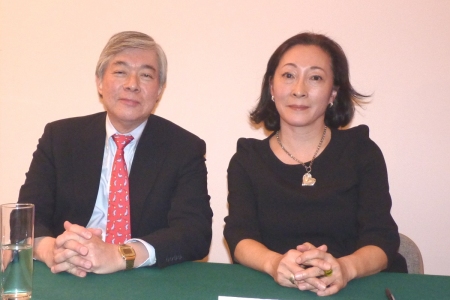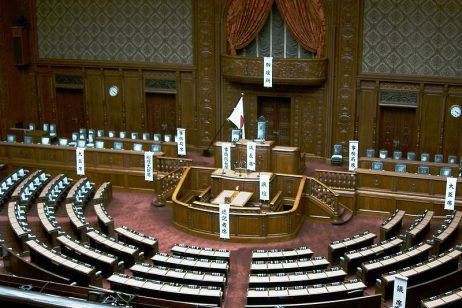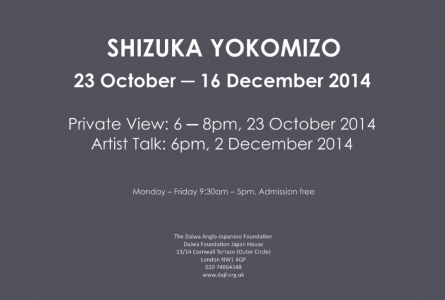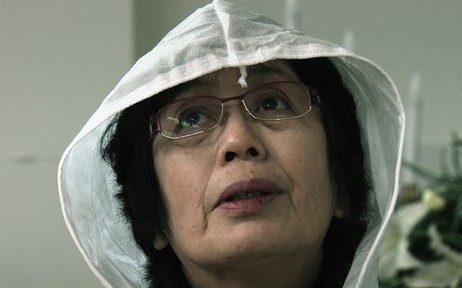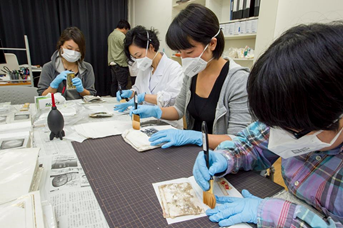11 February 2015
Masterpieces of Artisanal Japan: Wazuka tea and Ogatsu inkstones
The connection between tea and suzuri (ink-stones for calligraphy) makes itself evident through calligraphy scrolls displayed in a tea house. Timothy d’Offay from Postcard Teas and Teruo Kurosaki, an influential figure in contemporary design, introduced these two examples of artisanal masterpieces from Japan.
More info
